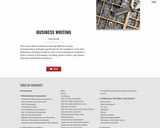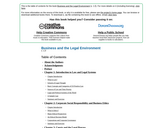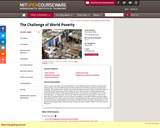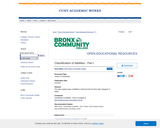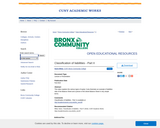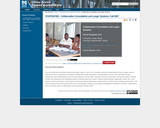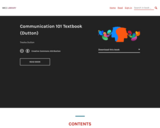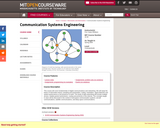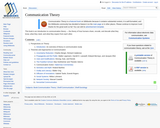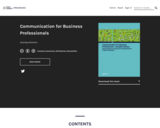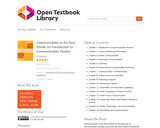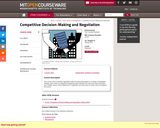
Moodle Net course associated with the textbook: https://louis.pressbooks.pub/businessprofessionalcomm/
This course will teach you how to communicate effectively in a professional context, focusing on both oral and written communication skills, including business correspondence, interviewing, individual presentations, group problem-solving and adapting to organizational cultures. This course was created through Interactive OER for Dual Enrollment, a project led by LOUIS: The Louisiana Library Network (https://louislibraries.org) and funded with a $2 million Open Textbooks Pilot Program grant from the Department of Education. This project supports the extension of access to high-quality post-secondary opportunities to high school students across Louisiana and beyond. It features a collaboration between educational systems in Louisiana, the library community, Pressbooks, and workforce representatives to enable and enhance the delivery of open educational resources (OER) and interactive quiz and assessment elements for priority dual enrollment courses in Louisiana and nationally. Developed OER course materials are released under a license that permits their free use, reuse, modification and sharing with others. This includes a textbook and corresponding course available in Moodle and Canvas that can be imported to other platforms. For access/questions, contact Affordable Learning Louisiana (alearningla@laregents.edu). If you are adopting this resource, we would be glad to know of your use via this brief survey: https://survey.co1.qualtrics.com/jfe/form/SV_41Olbogjof6HUay
- Subject:
- Business and Communication
- Communication
- Material Type:
- Full Course
- Provider:
- LOUIS: The Louisiana Library Network
- Provider Set:
- Interactive OER for Dual Enrollment Grant
- Author:
- Adrienne Abel
- Jeanne Pavy
- Joseph Williams
- Sumita Roy
- Sydney Epps
- Veronika Humphries
- Date Added:
- 05/22/2024

